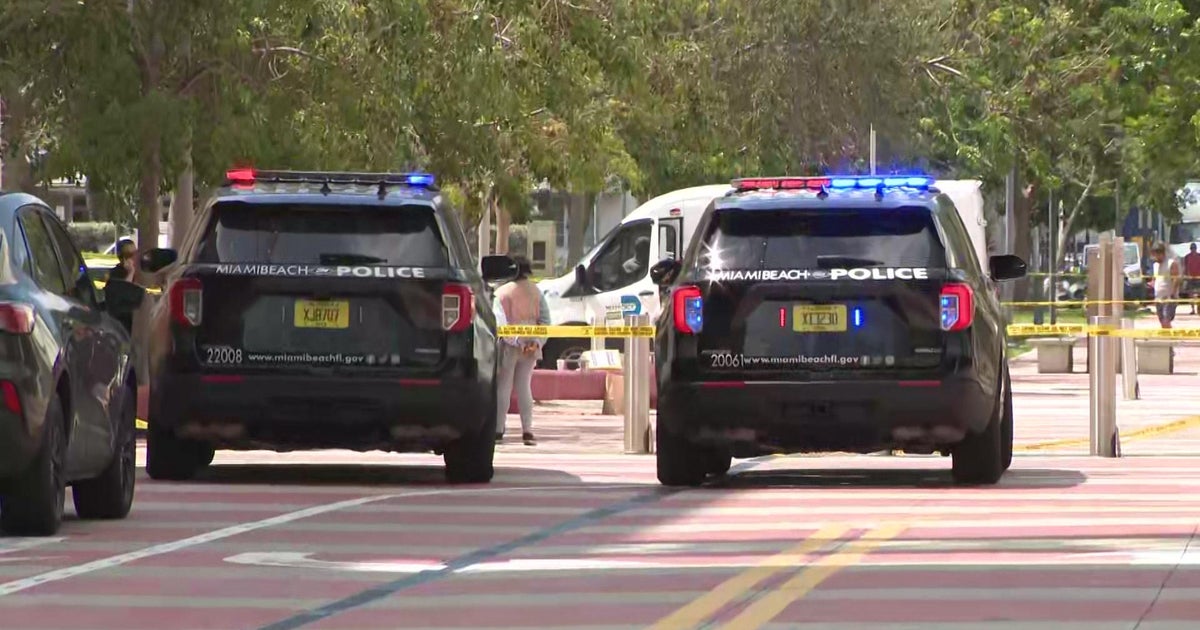Miami-Dade's first courthouse was originally slave quarters
MIAMI - As he ran his hands over the rough west wall of what most in South Florida regard as Miami-Dade's first courthouse, Dr. Marvin Dunn said he feels the pain.
Dr. Dunn, a retired Florida International University professor, historian, and author of several books on the Black experience in Florida said, "I think about the hands that built this."
Constructed in 1844 by slaves for slaves, the sturdy stone structure was originally located further east on the Miami River. It was moved in 1925 for preservation. It is one of Miami's most prominent historical buildings.
"This building was not preserved because it was slave quarters. It was preserved because it was the first Dade County courthouse and because of the pioneer era in Miami. This was not to protect early Back history but to protect early white history," said Dr. Dunn.
Miami does have slavery in its past, a brief past, almost two decades, but still a part of its history.
Sitting in the midst of Lummus Park just west of downtown, the slavery history is noted on the sign posted in front of the building
Dr. Dunn knows the story well, going back to the 1840s.
The original purpose of the house was for slave purposes for a plantation owner, eventually, army troops pursuing Seminoles, but originally for slaves. It did not work out well for them.
The rocky soil did not produce crops that would be commercially successful. Then there was the location. Slaves kept running away, west into the Everglades, blending in with the Seminoles, and east to the Bahamas.
In addition to the Miami plantation, a short-lived slave operation was attempted on Key Biscayne. It failed rather quickly.
Here is the timeline of record for plantation slavery along the Miami River:
In 1830, 50 to 60 plantation slaves were brought to Miami and eight years later U.S. troops arrived and established Fort Dallas. In 1844, stone slave quarters were constructed at Fort Dallas, there were an estimated 100 slaves in Miami.
The slaves were quickly sent out of Florida in 1849 due to threats by the Seminoles. Later in the 19th century, the slave quarters building served as a flop house, a trading post, and the county's first courthouse.
While walking around the historic building, Dunn told CBS4's Hank Tester, "I think people need to know, Hank, that this building has a connection to Black history. You would not think that reading our history books. This is essential to understanding Black history in Miami."




